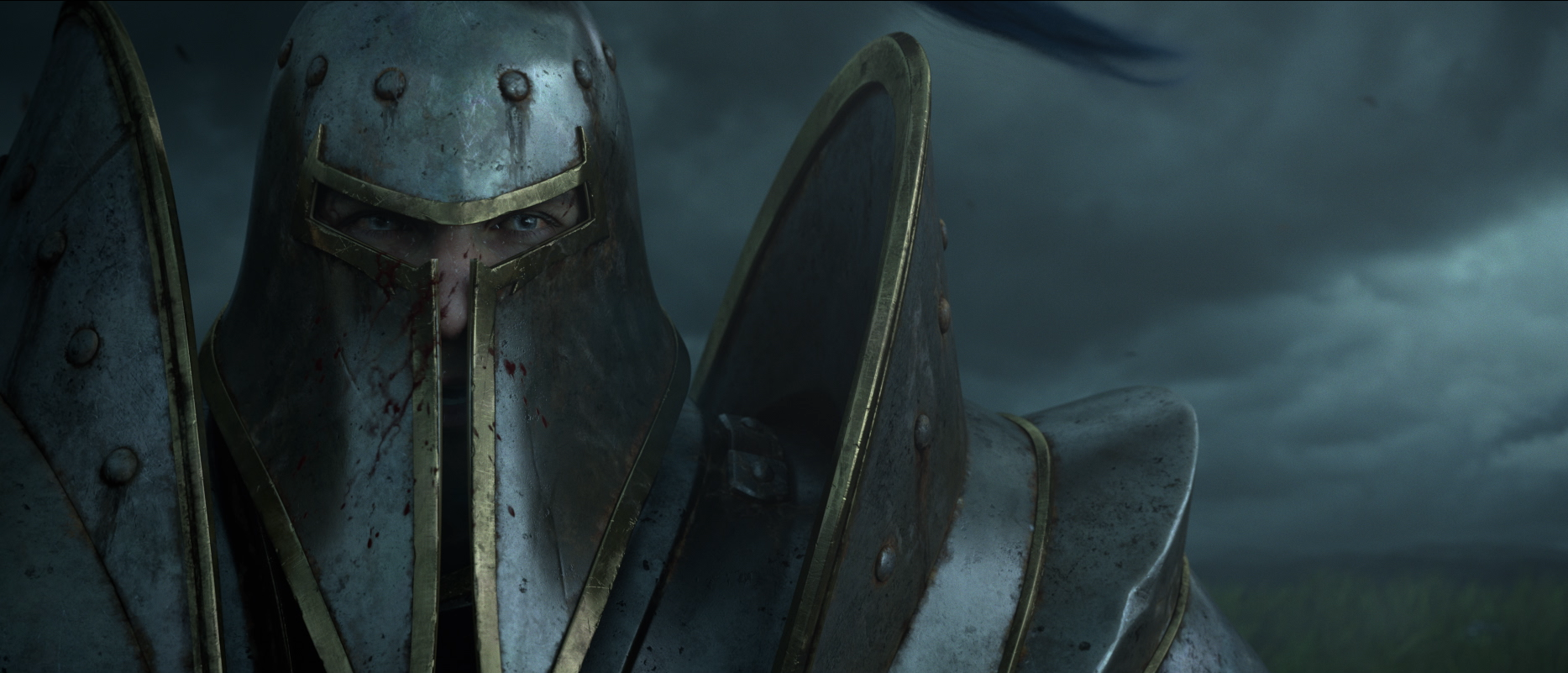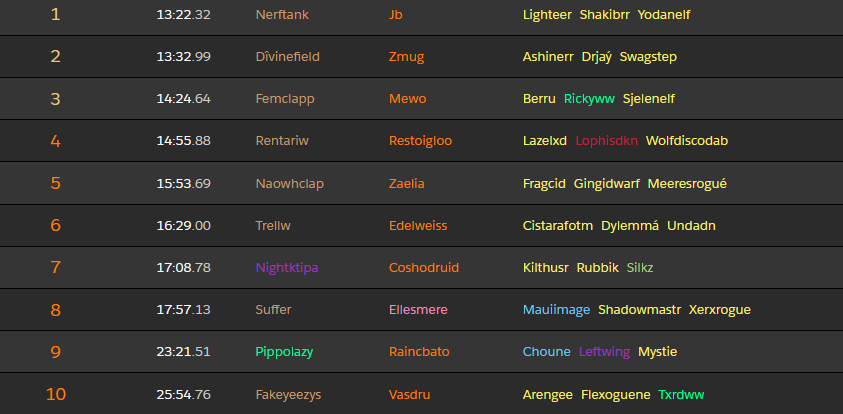This is the final instalment of a three-part series that explores the past, the present, and the future of World of Warcraft esports. Read about the past here and the present here.
In the second part of this series, our focus was on the current state of World of Warcraft esports and the many different modes and disciplines that it’s comprised of. In this third and final part of the series, we’ll take a look at future of its competitive scene and how it could be improved.
We will tackle the two major official esports titles and give our ideas on what we’d do to improve them, as well as look at some of the steps Blizzard has taken to improve the scene in the past year.
AWC: Room for improvement

The AWC is Blizzard’s original and traditional esports initiative it hosts for World of Warcraft. Blizzard started the year by announcing big changes to both AWC and MDI, with larger prize pools by the way of crowdfunding and a host of LAN events throughout all major regions – all culminating in the annual BlizzCon final.
There’s a ‘pick and ban’ phase is something that’s present in a number of other esports titles, from League of Legends, giving teams the chance to ban a total of 10 champions ahead of a match, to Counter-Strike: Global Offensive’s maps.
World of Warcraft esports is in a unique position to allow either or both of the above as options. As things stand in the AWC, the first map of each series is always the Nagrand Arena. Once this map is finished, the losing team then selects the next map from the available map pool. With the option of allowing teams the chance to ban one map per series – though this may require Blizzard to widen the current map pool used in the AWC.
The other option would give each team one specialisation ban per series. For example, team A could remove Resto Druid whilst team B could ban out Frost Mage. This tactic would effectively allow teams to ban overpowered picks, which exist mostly due to Blizzard being much slower to issue nerfs and buffs than other developers and their respective titles. This can be explained by World of Warcraft having to adjust spells, classes, and the like to multiple environments, not just the arena.
Lastly, we need to look at items and spells. Player-vs.-player and player-vs.-environment live together in World of Warctaft – with the exception of three extra PvP talents, most classes operate in the same way. One of the major issues with PvP has been overpowered PvE items making their way into the arena and causing huge issues. For a good example of this, Method Cdew made a video in April explaining the issue.
MDI: Time to embrace the past
MDI is in a pretty solid place. As the newer World of Warcraft competitive mode, the scene breaks away from esports norms by offering a more ‘games done quick’ or speedrunning style.

When it comes to MDI, one of the major complaints has been composition variety. One of the most common sights to see is a Warrior tank, Druid healer, and at least 1 rogue DPS due to their ability to shroud past packs of mobs with a monk.

Just before the most recent MDI, Blizzard put out a slight nerf to Outlaw rogue, though it did little to change the situation. One positive might come in the form of the 2020 season, as Blizzard is set to release a new affix that allows groups to skip packs using a new in-dungeon pillar – spawning a boss and allowing people to skip. However, with this change not due till the 2020 season, it will have no impact on this season’s MDI.
The next idea would be to introduce the same banning system that we have mentioned above. Before the latest MDI, Blizzard had only allowed one roster change between maps which didn’t allow enough scope. At BlizzCon, this was no longer the case, and Blizzard instead allowed teams to make more composition changes.
One option might be to allow losing sides to target-ban one of the opposing teams’ specialisations. The only issue with allowing such bans in MDI would be that, due to MDI being team-trial-based rather than straight PvP, teams will have selected specific compositions for each dungeon/affix combination.
An idea that might liven up both MDI and the Mythic Plus season would be to reintroduce two old dungeons per season into the map pool. For ease of implementation, these could be dungeons from Legion but going forward future expansions could pull from prior expansions, maybe even offering a fan vote to engage the community.
Embrace the community

The World of Warcraft community has often felt disconnected from the game and its development team. One of the areas this is most notable in is, at least in the competitive realm, the lack of an official esports Twitter account. Earlier this year, David Hollings, Associate Product Manager of World of Warcraft Esports inquired as to who ran the ‘@warcraftesports’ account changed and it has laid dormant ever since.
Assuming Blizzard now has control over the Twitter account, it’s about time that it was fully utilised to help promote World of Warcraft esports. At the moment, all the community gets are generic tweets from the official Warcraft account.
It’s not been a great end to 2019 for Blizzard, though BlizzCon ended on a slightly less sour note. It remains to be seen if the latest expansion announcement will do enough to calm the angry reaction to Blizzard and its handling of the Hong Kong situation. As we move into 2020, World of Warcraft esports has a lot to do to improve, with Blizzard themselves needing to shift things up a gear or two.
We’ve previously discussed the game’s competitive prize pool being partly funded by the community through in-game toys. WIth BlizzCon now over, the reality set in that the community was supplying the entire prize pool, with Blizzard putting up nothing itself. This is something that has gone largely unnoticed by the community at large, with Blizzard trying to focus more on the $660,000 (£507,516.64) prize pool – rather than the lack of commitment on its own behalf.

